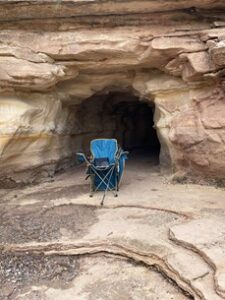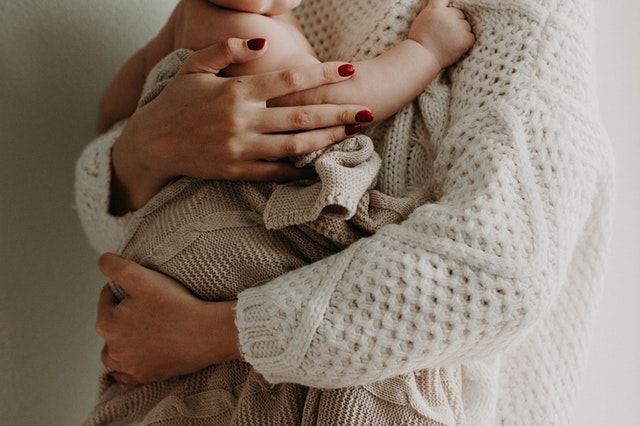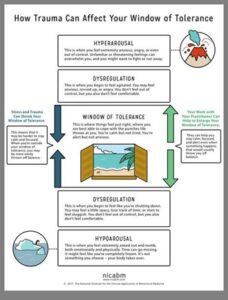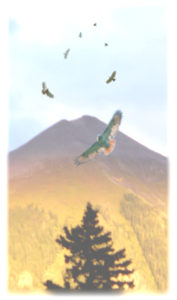I’ve been lethargic in the writing of this piece. After a few brief forays, poking and pecking at what might become “The Next Blog,” Megan my brilliant Webmaster told me to “Get on it,” but more diplomatically.
I went to Grand Junction in Colorado for a dental procedure. Grand Junction almost borders Utah, and is just a hop and a skip from the canyon lands, arches and monuments of the American Southwest. With Megan’s nudge reverberating in my nervous system, I realized that, since I was here anyway, I could spend the day looking for inspirational spots to hangout and write.
I began this piece sitting in my camp chair at the mouth of a drainage cave overlooking Monument Valley in Colorado National Monument. The silence is immense, the view breathtaking, and I feel safe.


Safe.
I believe that the lack of safety is at the root of many of our problems. Finding safety in terms of relationships, health, finances, personal security and the security of our loved ones, environment, stable society, supportive community… ad infinitum… is an ongoing experiment. It’s all very much unfinished business. And it’s tricky, because our systems, our governments, our communities are formed by us! Us! With all of our human foibles, our fears, resentments, and prejudices, our hopes, faith and beliefs.
I want to talk about safety and sanctuary.
Sanctuary is where we can be safe enough to be unsafe. Sanctuary is where we can be confused, frightened, tremble and cry, be angry… without being attacked, judged or made the odd one out. Sanctuary is where we can be authentic rather than corrected or admonished
As a healer, part of my job is to become sanctuary for myself and therefore the one before me.
When there’s perceived threat, imagined or real, our first response will be to look for problems and solutions. When the threat response is triggered, our eyes unconsciously start to stare and strain. That’s a natural response to threat. However, ironically, when we’re trying to find safety by solely placing our attention on the problems confronting us, often the one thing we’re not doing is bringing sanctuary to the unsafe one within ourselves. We quite sensibly think that when the situation is resolved then we can relax and be safe again. But during the crisis is when we need the container of Sanctuary.
In the heat of crisis, it’s easy to forget to bring comfort and safety to the frightened one inside. If it helps you can think of your inner child as feeling isolated, alone, unsafe and ignored, that’s pretty close to what’s happening inside.
Oh Boy! Let’s coin a term “Frangry!” Frightened and angry. To whatever degree we can provide sanctuary to the child that is us, the challenges we face are better met. From grit and resiliency, to clarity, to agency, sanctuary is home base. There’s even a safe space to be Frangry.
Sanctuary is necessary for self-care.
Sanctuary is a safe space for the hurts and confusions that’s been unresolved in our psyche to be felt, digested and metabolized.
Sanctuary allows us to inhabit a place where our intuition, intelligence and love come to together.
Which brings us to the forever question, “How do we find sanctuary when the circumstances are inimical to feeling safe? How do we find sanctuary in the shit storms of life?” In combat, sanctuary is found in the soldier fighting by your side. Sanctuary may be a friend with whom you can be yourself, whether up or down, and be respected and loved. Sanctuary may be nature, beauty, music, art, meditation, spiritual studies, and a whole lot more.
In this brief blog, I’m not going to elaborate on this big “How.” There are many resource available. The trick is to find those that work for us, the practices we’re willing try out with some consistency. That said, I think that self-compassion is fundamental for building internal safety, so that even when things are horrible, we have sanctuary for ourselves within ourselves. Self-Compassion is different from Compassion. We can be compassionate to others, and still be punishing to ourselves.
If you have an interest in Self-Compassion, check out the work of Dr. Kristin Neff.
Meditation and mindfulness are great assets that can make a significant difference in the quality of our lives, but to make a difference, meditation and mindfulness require a measure of safety. If the practices are not trauma informed then meditation and mindfulness can actually retraumatize someone who is trying to get better. The example I like to use is of a woman coming to a meditation and mindfulness class wanting to find some solace for her pain. In some styles of meditation and mindfulness, there’s are very useful practices that involves staying with uncomfortable feelings and thoughts while doing our best to observe without locking on to the stories that emerge to try to pin down what’s going on. However in this case, what the woman is being asked to stay with is the fully embodied shock and pain of the death of her child from sudden infant death syndrome (SIDS), that is still active in her body. Her window of tolerance is very narrow. Staying in this case throws her further outside the Window of Tolerance and activates damaging levels of neurological distress
Dr. Dan Siegel’s “Window of Tolerance” offers a map of what to be aware of as we’re dealing with perceived threats to our peace and safety. The task is to get back into the Window of Tolerance. In the sanctuary of the window of tolerance, we’re better able to make workable decisions and find sanctuary for ourselves.
If you are interested in learning more about the Window of Tolerance, check out the work of David Treleaven, PhD.
There are a lot of ways people try to help others that don’t help; ways that makes the one suffering feel less safe. Among the sometimes helpful, more often abusive, phrases that people toss out is “Don’t Be Negative.” Which tells someone that they have no right to be scared, to be real, and somehow they’re less competent to be alive.
I’m singling out that “Don’t be Negative” approach because it’s so common these days, often proclaimed because the one lecturing doesn’t feel safe with real emotions, and is trying to shut the hurt out because they don’t have the capacity for the suffering.
There is a genetically evolved trait that is part of our natural makeup called the negativity bias of the human nervous system. That’s not a neuroses or imbalance. The negativity bias of the human nervous system is a recognition that we are genetically predisposed to look for danger first. For example when we were a frog happily sitting on our favorite lily pad catching tasty flies and we saw a shadow, if we paused to consider what that shadow was, we’re dead, because that shadow was a hawk diving. Froggie had to move without thinking otherwise he’s hawk lunch. That’s natural. It’s called the survival response. We would not even exist as a species without that instinct.
This bias to first look for threat is built-in. Whenever I am challenged, my first response will be to look for threat and solutions. I don’t try to prevent that, as if I could. But these days, after that natural initial, response, I’m pretty quick to place my attention on bringing safety, Sanctuary, to the one inside me that is feeling anywhere from disturbed to freaked out. I find it helpful to think of the inner child model. It’s rather ironic. My first response as the adult protector will be to stare at the problem, look for strategies to handle the situation. Nothing wrong with that. But the one thing I am not doing while engaged in the threat response is bringing comfort and safety to the one inside.
Remember. Sanctuary is where we can be safe enough to be unsafe. In order for the frightened little one in me to trust my company, it’s crucially important to, initially, NOT be the teacher, the guide, the advisor, or any position that places me above the frightened one. I’m being a kind, respectful friend to myself that holds space and allowance for what I’m feeling. Bringing the protection of Sanctuary to ourselves, and from that to others, provides an essential resource we all need in life.
I’ll end this blog with an excerpt from a lovely New Year’s essay from Matt Licata, a Boulder, Colorado based psychotherapist.
The psyche will reassemble when it feels safe.
The body will reorganize when it feels safe.
Please be kind to yourself. It’so easy to forget how much we are asking of ourselves to heal, to transform, and to reverse billions of moments of intergenerational trauma.
Woo


